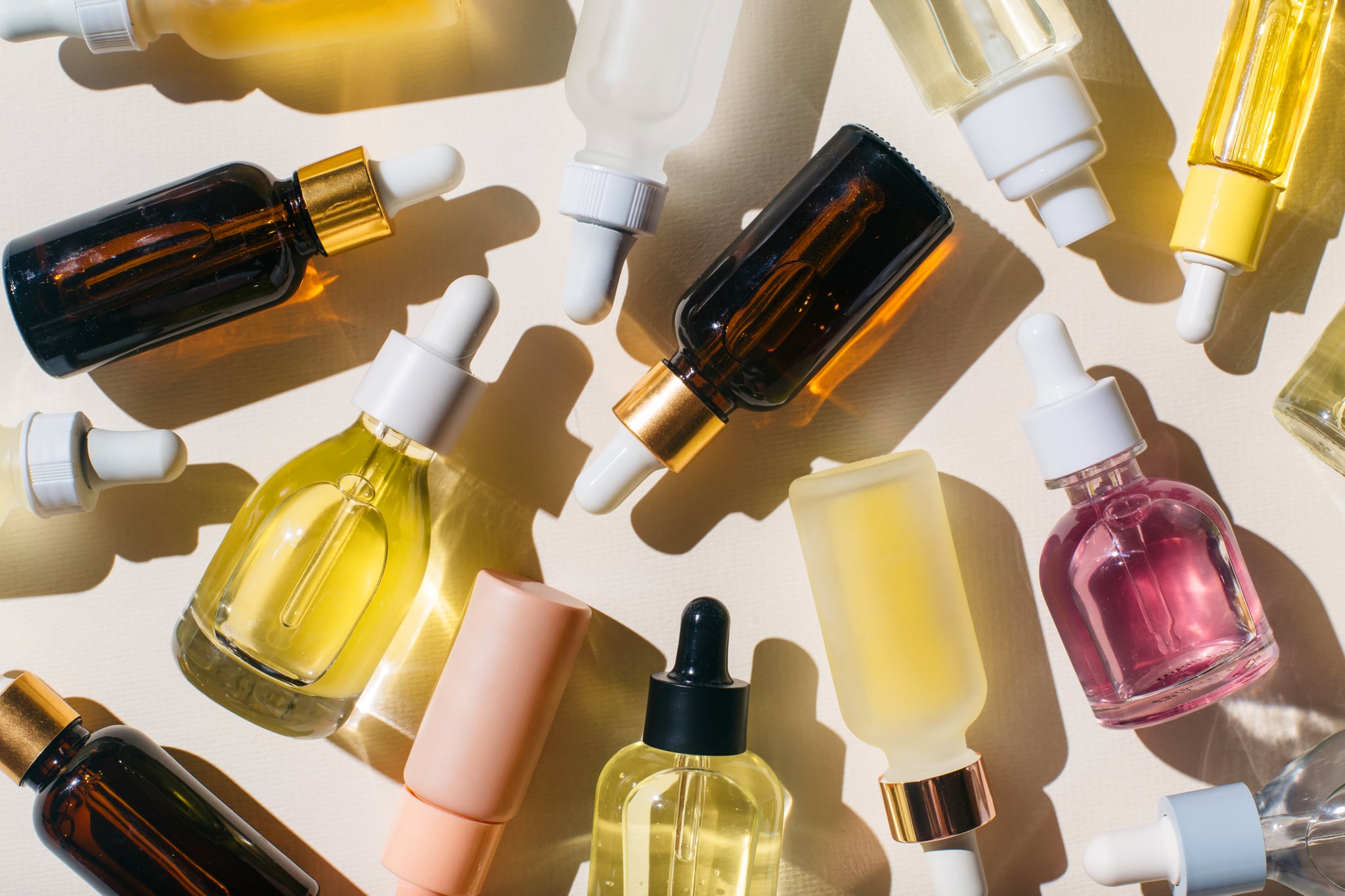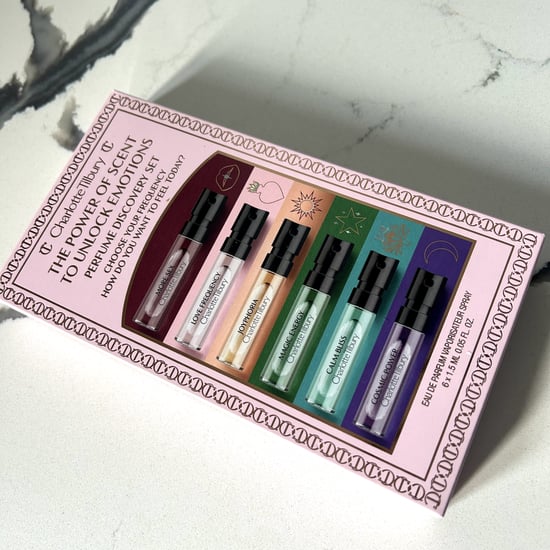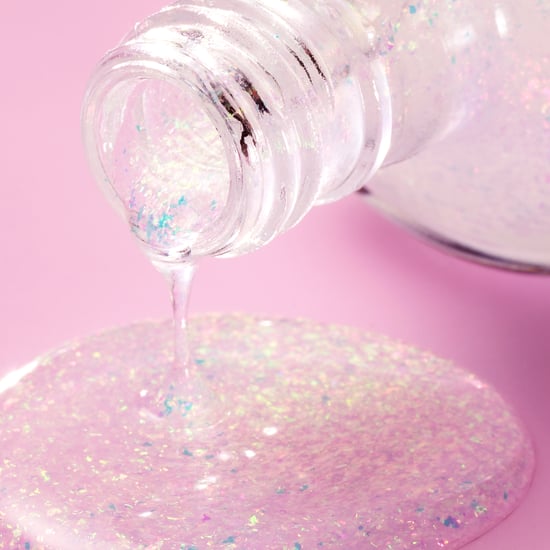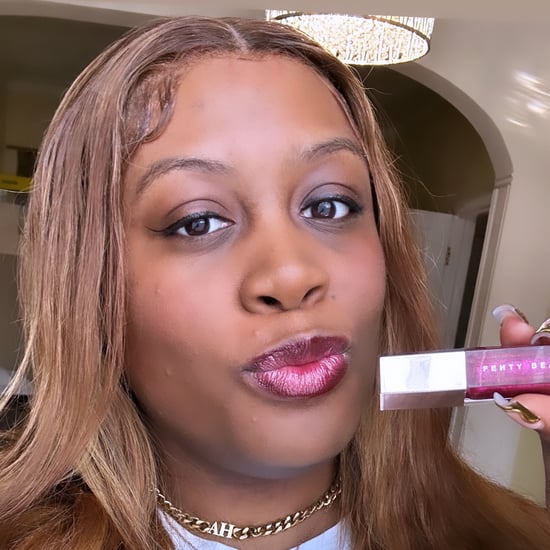Beauty Samples and Mini-Sized Products Aren't Recycled
The Sad Truth About Mini and Sample-Sized Beauty Products

The beauty industry has a waste problem. Many brands are trying to do their part to fix that, which is why more are looking into upcycled ingredients, refillable-packageing solutions, and even special recycling programs for their consumer's empties. But one of the most glaring sources of waste in the industry goes unmentioned — and it has to do with the cutesy sample and mini-sized products you buy before a trip or receive as gifts with a purchase or in holiday sets.
It's hard enough to recycle full-sized beauty products; they often contain parts — such as caps, droppers, and pumps — that aren't accepted by regular curbside pickup programs. However, even those products have a better chance of actually getting recycled than sample-size plastics.
"Basically, all sample-size and travel-size containers are completely nonrecyclable," Mark Falinski, PhD, a sustainability scientist at Finch (an organisation helping consumers make informed, sustainable choices), tells POPSUGAR. "That is, even if they are made of some of the more recyclable plastics, they are almost never recycled."
The reason is their size. "Recycling-sorting machines are built for standard-sized products, like water bottles, so the machines may not recognise miniature products," Lea d'Auriol, founder of Oceanic Global, a nonprofit dedicated to ocean care and conservation, says. As a general rule, products less than two inches in size aren't recyclable, meaning that many of the small, single-use packets, tubes, and jars that brands often hand out are destined for the landfill — or worse, oceans and rivers.
If you attempt to recycle these sample-size products, Dr. Falinski says the "best-case scenario" is the product ends up in the landfill after the machine sorts it out. However, there's another very probable possibility: "Worst-case scenario, these containers can actually contaminate the rest of the recyclables and ruin the entire batch, which leads to all of the stuff that would have been recycled being thrown into the landfill."
There are sobering statistics around this: "We know that only nine percent of the plastic we put in the recycling bin actually gets recycled," d'Auriol says.
But plastic isn't the only material sample-sized products are made of — and you might wonder if these alternative options are any better in terms of recyclability. "As a general rule, products that are made from infinitely recyclable materials, like metal and glass, are better than plastics," d'Auriol says.
However, that doesn't mean they're good."If we think about climate change, there is no doubt that metal containers and glass containers are significantly worse than plastic containers," Dr. Falinski says. "It takes far more energy, heat, and, therefore, burned fossil fuels." This results in a larger carbon footprint.
It's also worth noting that while metal and glass materials have a better chance of actually getting recycled, size still matters. "Single-use glass samples and travel packages are essentially nonrecyclable if they are anything smaller than roughly a credit card in size," Dr. Falinski says.
The bottom line: even if recycling machines were designed to pull out miniature plastics and give them a second life, these materials would still be bad for the environment "from a waste standpoint," compared to full-size products. "They each carry less volume and therefore use more plastic per ounce of product," Dr. Falinski says. "As a result, a larger number of containers are needed for the same volume of product — but more importantly, more plastic is needed for the same volume of product."
Unfortunately, the best course of action surrounding single-use, sample, or mini-sized products is to avoid them altogether. "When it comes to travel, the best thing a person can do is invest in reusable travel containers," Dr. Falinski says. These types of reusable items, while often also made of plastic, eventually offset with each reuse the high carbon footprint it takes to make them.
In instances where sample-sized containers are used for consumer-testing purposes, Dr. Falinski encourages people to rely instead on virtual try-on softwares whenever possible: "You can still get that test run done, but without creating some difficult-to-handle waste."
There's no overnight fix, but according to d'Auriol, "Behavioural change around accepting these single-use sampling products needs to change, and we need to be challenging brands to design their packageing to make them truly more sustainable."






